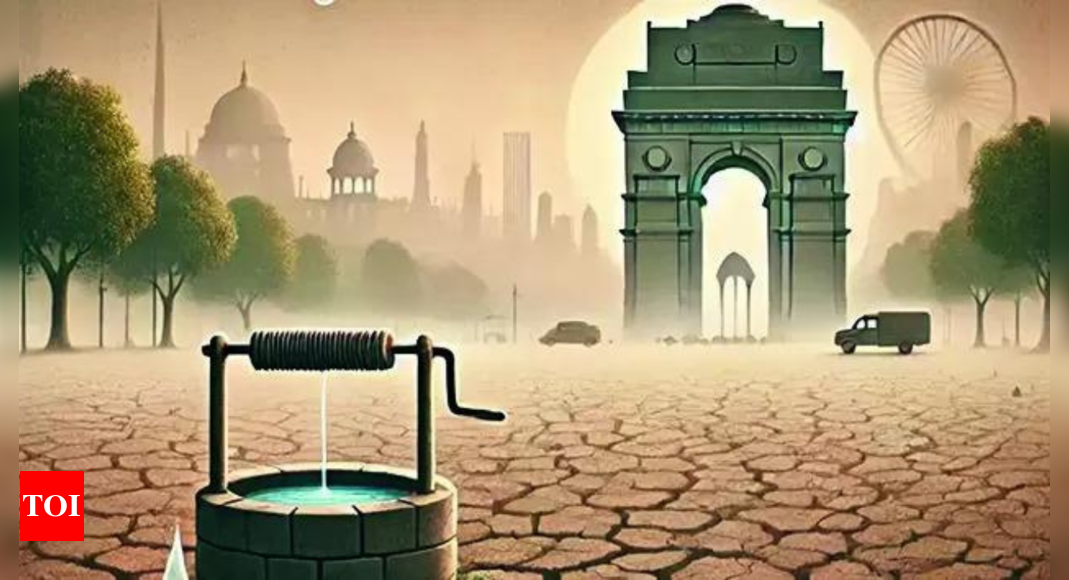NEW DELHI: Total annual groundwater recharge in the country declined marginally in 2024, compared to 2023, as did water availability due to higher groundwater extraction last year, with northwest India, including parts of Punjab, Haryana, Delhi and western Uttar Pradesh, being the biggest culprits.
He Central Groundwater BoardThe annual assessment report, recently released by the ‘Jal Shakti’ (water resources) ministry, also shows that the percentage of ‘critical’ and ‘overexploited’ assessment units (block/taluk/tehsil/mandal), together, increased in 2024, compared to the previous year, reflecting greater concern about inadequate groundwater recharge in certain states, which extract more for multiple uses.
The percentage of ‘overexploited’ and ‘critical’ administrative units is more than 25% of the total units in the states and UTs of Delhi, Haryana, Punjab, Rajasthan, Tamil Nadu, Dadra & Nagar Haveli and Daman & Diu. It means that groundwater extraction in these states and UTs substantially exceeded the groundwater recharge that can be replenished annually, a situation that could lead to water shortage in due time if the current situation continues.
The data shows that the annual groundwater recharge in 2024 was 446.9 billion cubic meters (BCM), compared to 449.08 BCM in 2023. Consequently, the annual extractable groundwater resources have also decreased marginally from 407.21 in 2023 to 406.19 BCM in 2024. In 2022, the total annual recharge of groundwater was 437.6 BCM, while extractable groundwater resources were 398.08 BMC.
Although the annual recharge and availability of groundwater last year was much higher than in 2022, the decline compared to 2023 is worrying, even as the year had good monsoon rains. The board has attributed this primarily to reduced irrigation return flow.
The main source of replenishable groundwater resources is recharge from rainfall, which contributes to almost 61% of the total annual groundwater recharge. Since more than 75% of the annual rainfall is received during the summer monsoon (June to September), the ministry’s annual “Catch the Rain: Where it falls when it falls” campaign, by creating rainwater collection and conservation infrastructure through the participation of people and the cooperation of states, could show long-term results. Although the improvement in the groundwater situation is notable when compared to 2017, when the annual groundwater recharge was 431.86 BCM and the annual extractable groundwater resources was 392.7 BCM, parts of the northwestern India invariably plays spoilsport by indiscriminately extracting a substantial amount of groundwater, leading to overexploitation. . Groundwater extraction for cultivating water-intensive paddy fields in Punjab, Haryana and western Uttar Pradesh is one of the key reasons behind overexploitation in the region.
“In some areas of the country, continuous good rainfall and management practices such as groundwater augmentation and conservation measures taken under central and state government initiatives have resulted in improvement in the water situation. underground,” the report says.
Certain western parts of the country, particularly those in Rajasthan and Gujarat, are also in the overexploited zone as groundwater recharge is limited due to the arid climate of the region, causing stress on the resource. On the other hand, groundwater availability is low due to the characteristics of crystalline aquifers in the southern part of peninsular India, including parts of Karnataka, Tamil Nadu, Telangana and Andhra Pradesh.




